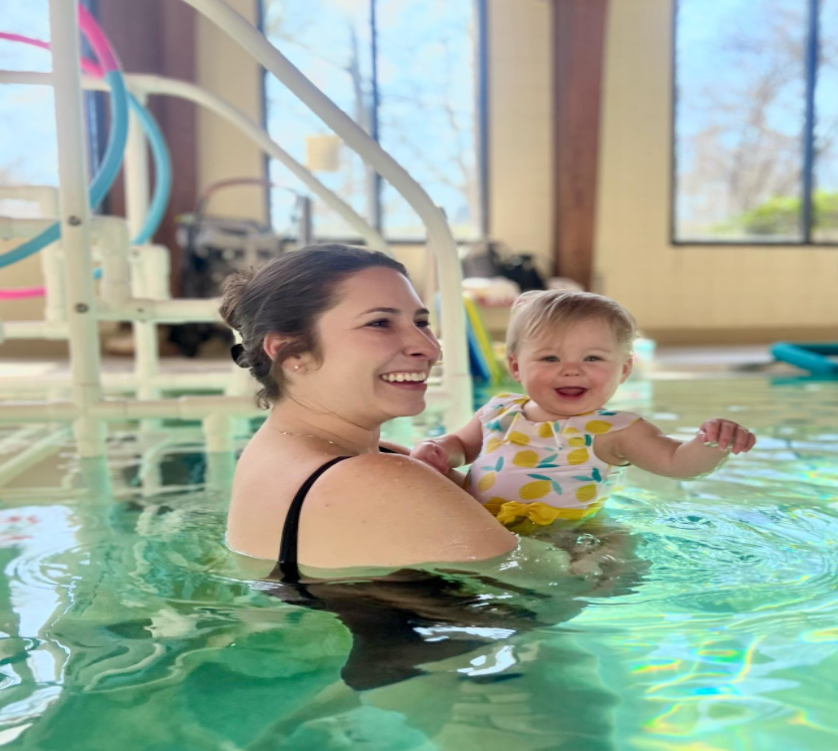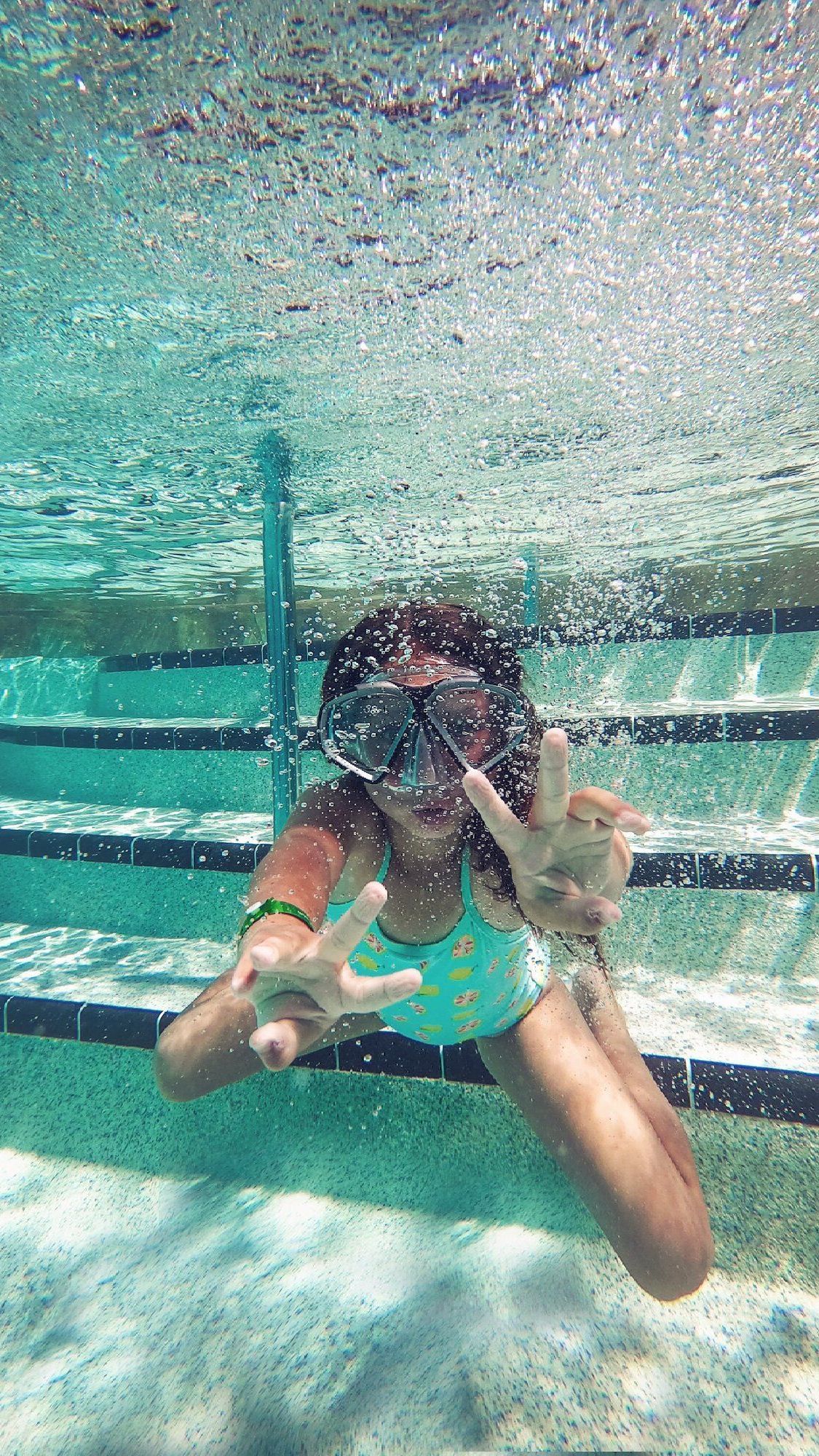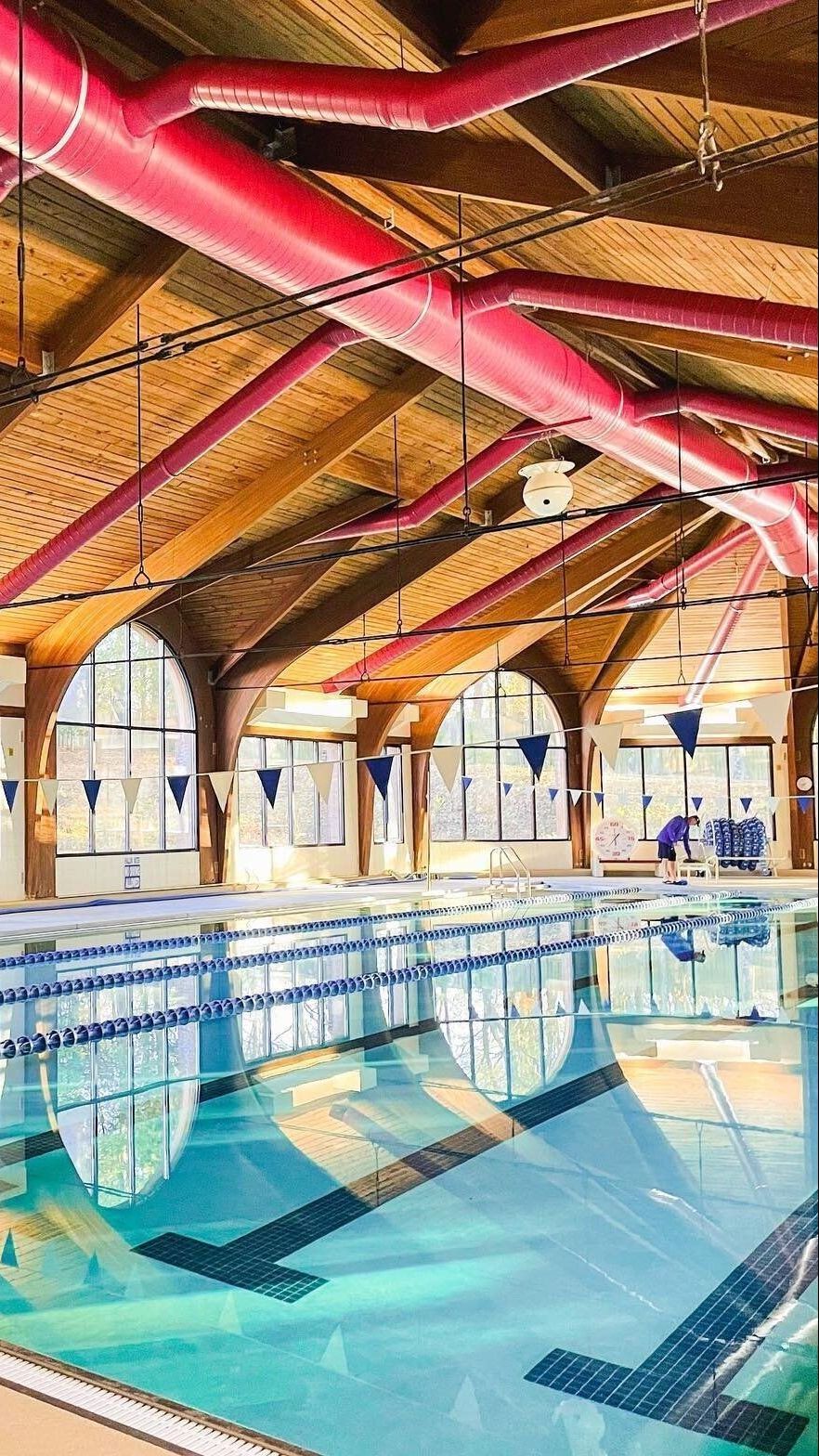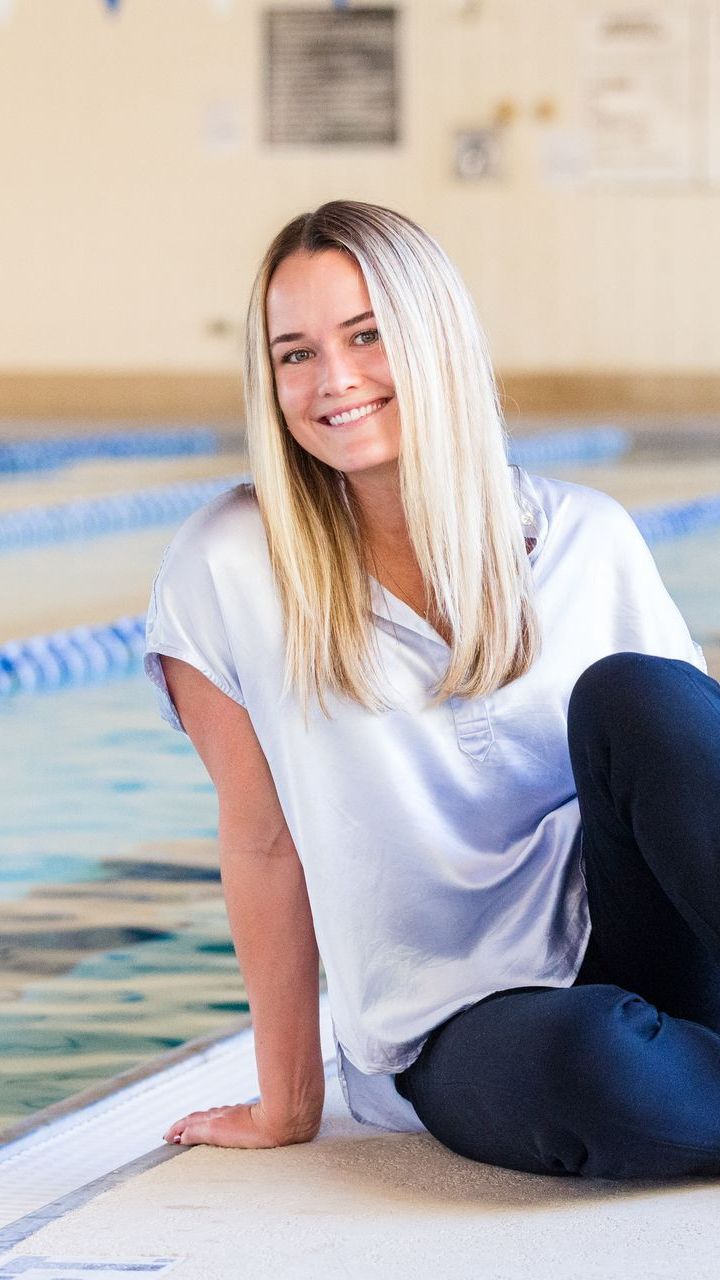How to Stay Consistent with Your Child’s Swim Lesson Progress
How do I play a large part in my child’s swimming journey?

By far, one of our most frequently asked questions is how parents can play a role in their child’s journey of learning how to swim. In short, the best thing you can do is help maintain consistency. Here at Swim Lessons With Mary, we are only working on developing your child’s swimming skills for 30 minutes - usually once a week. Helping your child practice their skills and good swimming behavior outside of their class time will help to ensure their progress at swim lessons is not diminished. I like to think of it as helping to avoid your child taking 1 step forward at lessons, but 3 steps backwards outside of lessons.
What skills can I help my child practice at home?
There are many skills that are able to be practiced outside of swim lessons - some even outside of the water. We encourage you to ask your child’s swim instructor for personal recommendations for how you can help your child stay consistent and practice their skills outside of swim lessons. Here are some beginner skills you can practice with your child both in and out of the water:
Scooping and Kicking
We teach our clients from the very beginning how to kick and scoop their arms properly. For kicks, you want to ensure they are straight (no bend in the knee/bicycle kicking) and that they are directly out behind the swimmer. For scoops, we want to see a slight bend in the elbow and to make sure the swimmer is reaching their scoops out in front of them, pulling the water toward themselves. Proper scooping and kicking techniques can be worked on with your child when swimming outside of swim lessons, but they can also be practiced even without access to a pool. Utilize bath time as a time to help your child practice kicking behind themselves and scooping out in front. No bath? No problem! You can even encourage your child to practice their scoops and kicks while lying on the floor on their stomach and pretending to swim.
Body Position
Just like with the scooping and kicking, you can help your child practice their horizontal body position both in or out of the water. Encourage your child to practice this horizontal position in the bath, or even on the floor, like mentioned above. If you're swimming outside of lessons, we encourage you to help hold your child in the horizontal position, making sure their kicks are directly out behind them.
The biggest thing to avoid when helping your child learn the proper horizontal body position is putting them in a puddle jumper. Puddle jumpers hold your child in a vertical position, also known as the drowning position, and do not allow for correct arm movement. The horizontal body position is one of the most critical skills we teach at Swim Lessons with Mary. If your child works hard on this skill at swim lessons, but then every time they are swimming outside of lessons, they are wearing a puddle jumper, it will make it take significantly longer for your child to unlearn the vertical position that the puddle jumper holds them in. To learn more about the dangers of using puddle jumpers, check out our blog post “Throw Away Your Puddle Jumpers.” Instead, when there is a need for a flotation device, opt to use a US Coast Guard approved life jacket or back belt. For a full list of Swim Lessons With Mary recommended gear, click here!
Eyes In and Exhaling
In order to achieve the best horizontal body position while swimming, your eyes should be in the water looking down. This can be one of the most intimidating skills to learn for our clients. In order to avoid inhaling water accidentally into the nose or mouth, we teach our students to exhale into the water whenever their face is submerged. We like to call this “blowing bubbles.” Many children are apprehensive about submerging, even just their mouth and nose into the pool, so one way to help them get comfortable with this skill is to practice at home! Practicing blowing bubbles during bath time allows your child to work on a skill that may feel scary to them, in an environment where they are much more relaxed. If your child is still hesitant at home, you can even practice the bubble blowing motion into the air. Help your child enjoy practicing bubble blowing by turning it into a game! For example, you can have them pretend to be blowing out birthday candles.
Once your child is proficient at blowing bubbles into the pool, we work on them fully submerging their face with their eyes looking towards the bottom of the pool. This is another skill that can be practiced during bathtime. One game that can be utilized to practice this skill is Simon Says. Have your child complete fun tasks that Simon gives them, and work up to them eventually putting their eyes into the bath. Another game you can try is treasure hunt. Put some of their favorite toys at the bottom of the bathtub and encourage them to hunt for the treasure by placing their eyes into the bath. Submerging their face can be done both with or without goggles. It is based on the child’s personal preference, but goggles can often help to make the child feel more comfortable when submerging their face. To read more about the benefits of wearing goggles, click here.
What is the takeaway?
You play a critical role in your child’s swimming journey! While great progress can be made at swim lessons, even better progress can be made when you take part in helping your child stay consistent with the skills they are learning. Consistency is key when learning to swim. It will allow your child to learn at a faster pace and to maintain their new skills for the long term. To learn more about the importance of consistency when learning to swim, check out this post.












































































































